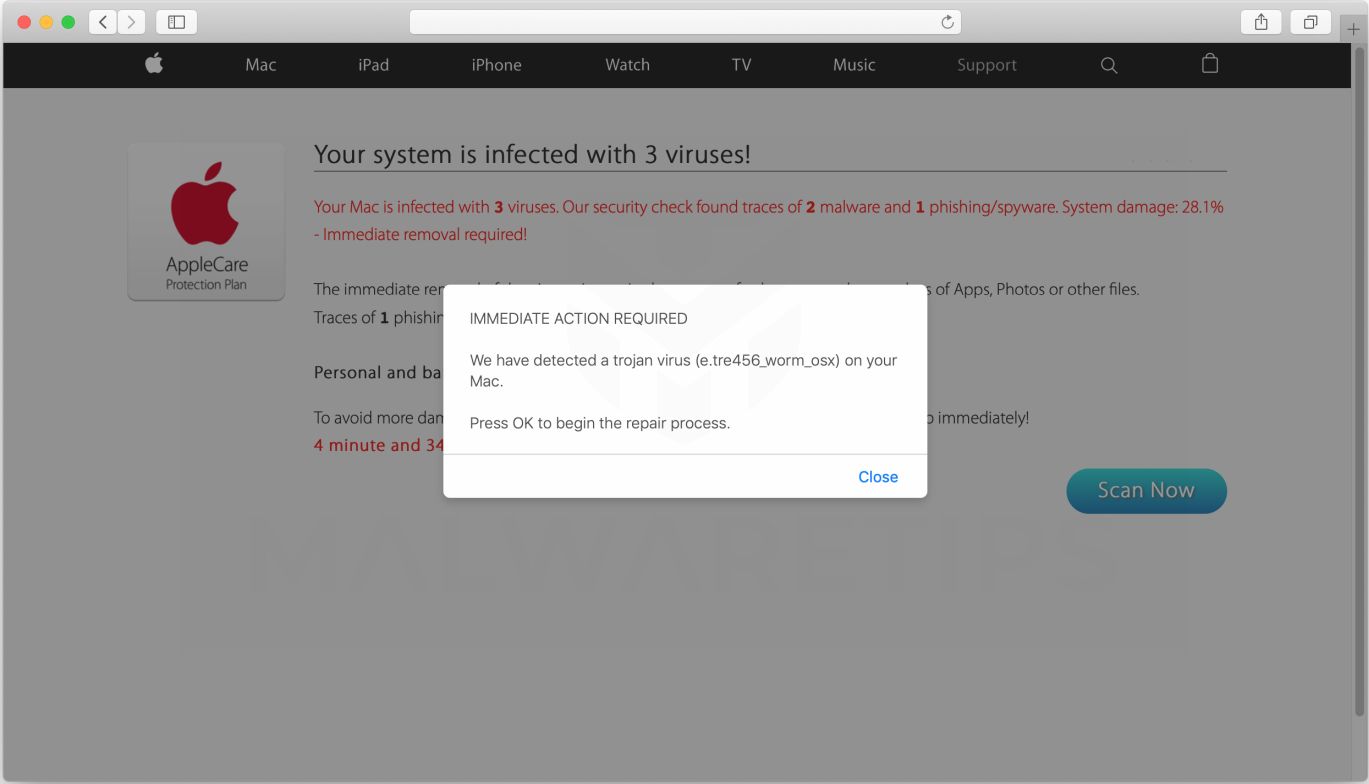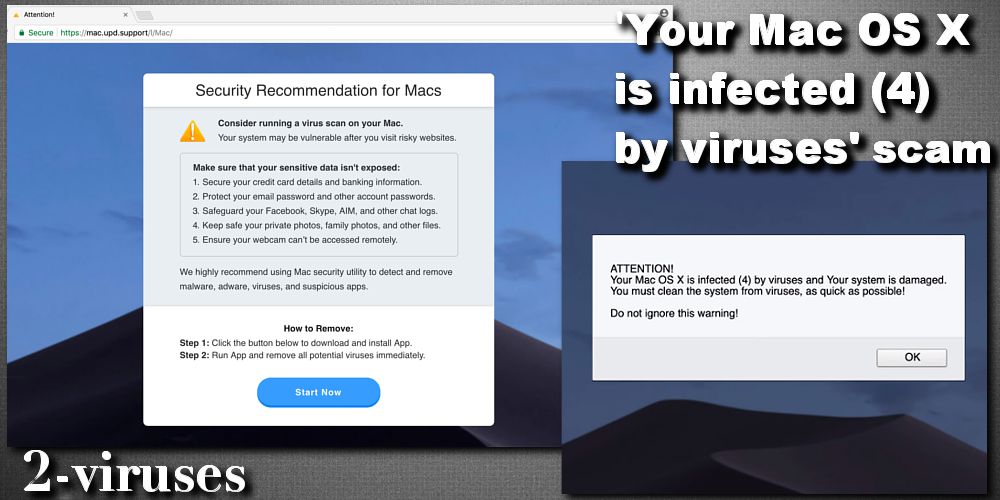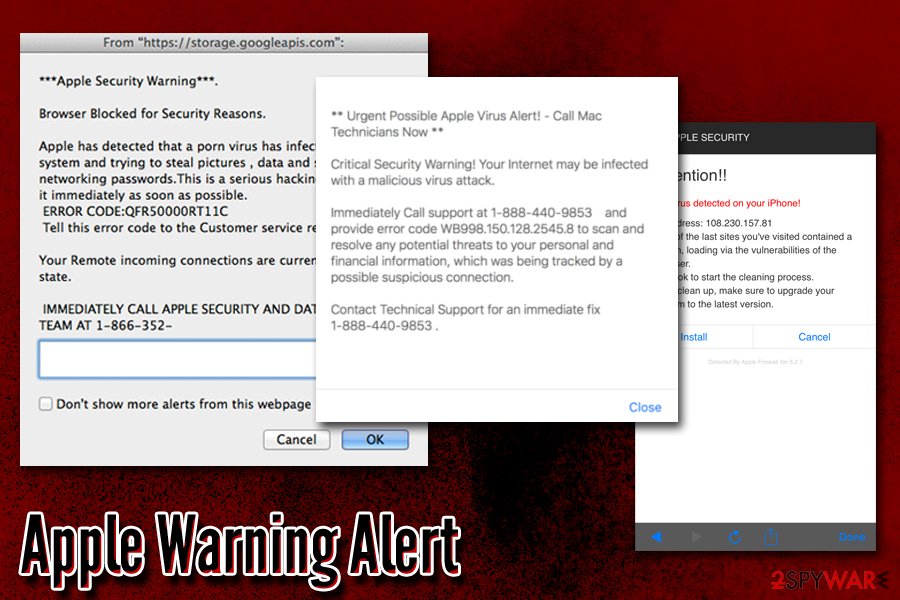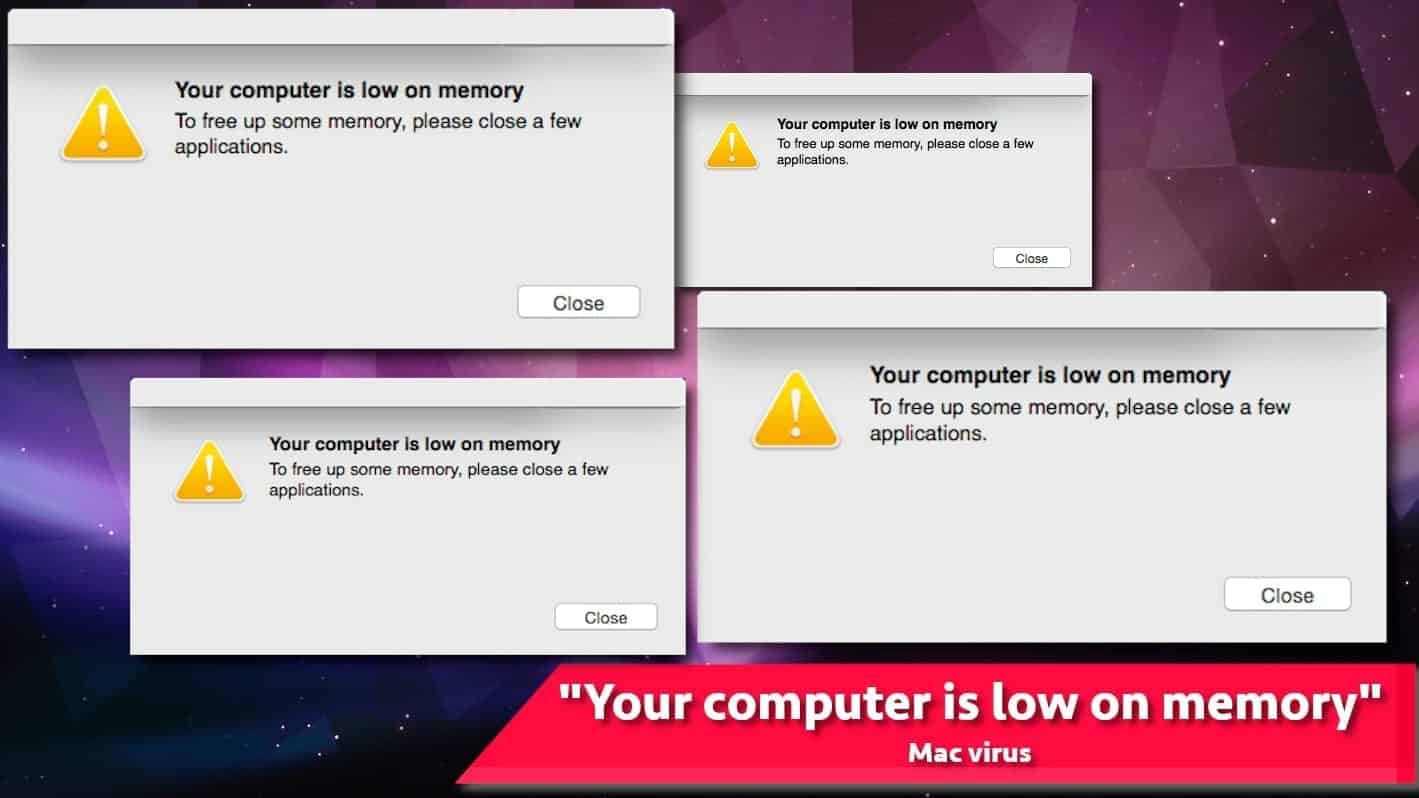

- #Deleting spyware on mac how to#
- #Deleting spyware on mac update#
- #Deleting spyware on mac full#
- #Deleting spyware on mac software#
- #Deleting spyware on mac download#
#Deleting spyware on mac update#
If you know for sure you’ve installed some malware – such as a dodgy update or app that pretends to be something else – make a note of its name. For that reason it is worth considering an additional antivirus tool to stay safe. Unfortunately some times it takes Apple a few days (or longer) to respond to the latest threat.
#Deleting spyware on mac software#
While it’s partially true that updating your Mac software could rid you of a virus, you should note that as good as Apple’s protections are, they may not be enough. However, if you are running an older version of macOS might not be protected (Apple only supports the past three versions of macOS). Xprotect has been very effective at halting the spread of Mac malware before it can even get started, and is yet another reason why malware or virus infections on a Mac are rare.Īpple updates Xprotect automatically, so you shouldn’t need to manually update macOS yourself to get the latest virus protections.
#Deleting spyware on mac download#
The Xprotect system gives a warning when you download malware that it knows about, and tells you exactly what to do.

If any are found you will be told the file is infected or damaged.

Xprotect will scan files you’ve downloaded and check them for known malware or viruses. Xprotect is Apple’s built-in malware protection. For several years now Apple has included invisible background protection against malware and viruses.

One reason you may not need a Mac antivirus on your Mac is that Apple offers its own protections. This option costs £29.95 a year right now (RRP: £34.95), but it is one of our go-to utilities for doing various jobs on the Mac, such as deleting unnecessary files to make space.
#Deleting spyware on mac full#
Follow the instructions to allow the app full access to your Mac’s hard disk.ĬleanMyMac X, which offers a virus scan among other features.Once that’s completed click the Deep Scan button.(If you are willing to spend a little cash then the paid-for version of Luckily there are lots of apps offering to scan your Mac for viruses – some for free.īitdefender Virus Scanner, which you can download from the Mac App Store. Using software to run a virus scan on your Mac is the easiest option. If you think there is a virus, or some other threat, on your Mac, then there are a few thing you can do, we’ll run through your options below.
#Deleting spyware on mac how to#
If having read the above you are pretty sure that you have a virus or some other form of malware on your Mac then this tutorial should help you address the problem, read on for a guide on what to do if your Mac has a virus, starting off with how to scan your Mac for viruses. If you get any of these symptoms then don’t panic: they don’t necessarily mean you have a malware or virus infection on your Mac.


 0 kommentar(er)
0 kommentar(er)
